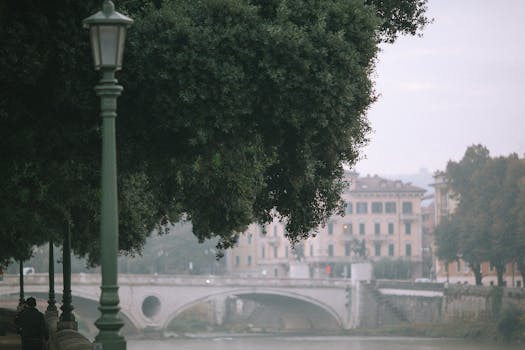
Urban Green Spaces: The Future of Outdoor Living in European Cities by 2025
Urban Green Spaces are becoming increasingly important in European cities, and for good reason. As the world becomes more urbanized, the need for green spaces has never been more pressing. In this article, we will explore the concept of urban green spaces, their benefits, and how they are transforming the future of outdoor living in European cities by 2025.
What are Urban Green Spaces?
Urban green spaces refer to areas of greenery in urban environments, such as parks, gardens, and green roofs. These spaces provide a range of benefits, including improved air quality, reduced noise pollution, and enhanced biodiversity. They also offer residents a space to relax, exercise, and socialize, making them an essential component of urban planning.
Benefits of Urban Green Spaces
The benefits of urban green spaces are numerous. Some of the most significant advantages include:
- Improved mental health and wellbeing
- Reduced stress and anxiety
- Increased physical activity and exercise
- Enhanced air quality and reduced pollution
- Support for local wildlife and biodiversity
Transforming the Future of Outdoor Living
By 2025, urban green spaces are expected to play a significant role in transforming the future of outdoor living in European cities. With the increasing emphasis on sustainability and green infrastructure, cities are investing heavily in the development of green spaces. This includes the creation of new parks, gardens, and green roofs, as well as the restoration of existing ones.
Case Studies: Successful Urban Green Space Initiatives
Several European cities have already implemented successful urban green space initiatives. For example:
- Paris’s Green Spaces program, which aims to increase the city’s green spaces by 20% by 2025.
- London’s Green Spaces strategy, which includes the creation of new parks and green roofs.
- Amsterdam’s Green Space initiative, which focuses on increasing the city’s green spaces and promoting sustainable urban development.
Conclusion
In conclusion, urban green spaces are a vital component of European cities, providing a range of benefits for residents and the environment. As we look to the future, it is clear that these spaces will play an increasingly important role in transforming the future of outdoor living in European cities by 2025. By investing in green infrastructure and promoting sustainable urban development, cities can create healthier, more sustainable, and more livable environments for their residents.






